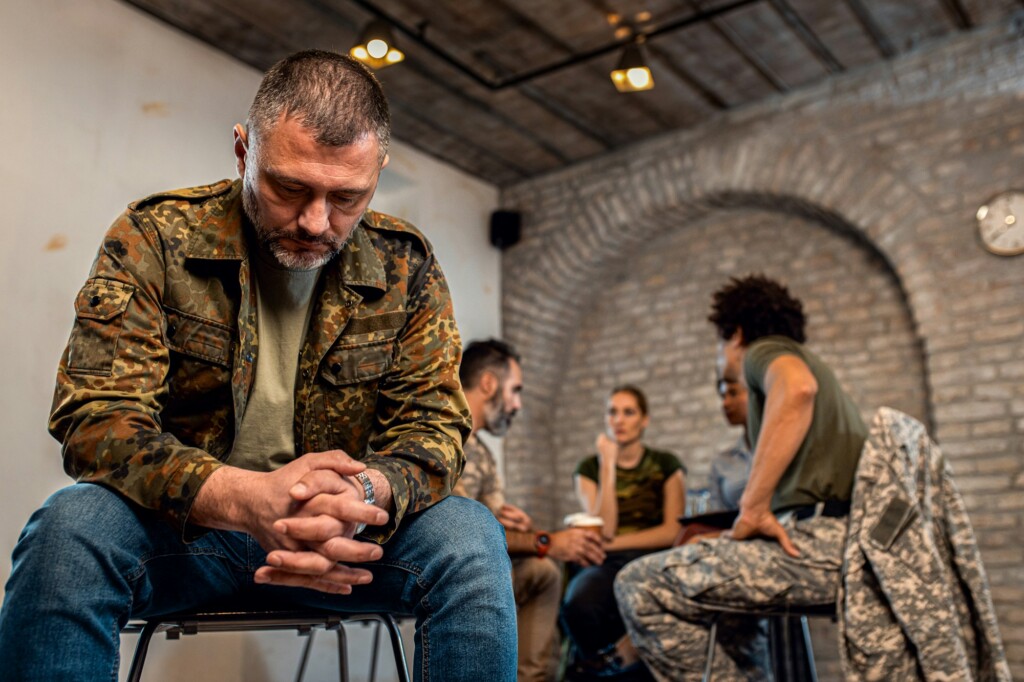Understanding PTSD: The Invisible Wounds of War
Post-Traumatic Stress Disorder (PTSD) is a mental health condition that can develop after experiencing or witnessing a traumatic event, such as combat, natural disasters, or personal violence. For many veterans, the trauma of war leaves lasting scars that impact their mental and emotional well-being long after they return home. PTSD can manifest in various symptoms, including flashbacks, nightmares, hypervigilance, and mood disturbances, making it challenging for veterans to readjust to civilian life.
Breaking the Stigma: Ending the Silence Around Mental Health
One of the biggest barriers to seeking help for PTSD is the stigma surrounding mental health issues in the military community. There is often a perception that seeking help is a sign of weakness or failure, leading many veterans to suffer in silence rather than reaching out for support. It’s crucial to break down these barriers and encourage open and honest conversations about mental health within the military community. By destigmatizing PTSD and providing education and resources, we can empower veterans to seek the help they need without fear of judgment or reprisal.
Holistic Approaches to Healing: Treating PTSD with Compassion and Care
Treating PTSD requires a holistic approach that addresses the physical, emotional, and spiritual aspects of healing. Therapy modalities such as cognitive-behavioral therapy (CBT), eye movement desensitization and reprocessing (EMDR), and mindfulness-based interventions have been shown to be effective in reducing PTSD symptoms and improving overall quality of life for veterans. Additionally, complementary and alternative therapies such as yoga, acupuncture, and art therapy can provide valuable tools for coping with PTSD and promoting healing.
Supporting Veterans in Crisis: Crisis Intervention and Suicide Prevention
PTSD is associated with an increased risk of suicide among veterans, making suicide prevention a critical component of PTSD treatment and support. It’s essential to provide veterans with access to crisis intervention services, mental health hotlines, and peer support networks where they can seek help in times of crisis. By recognizing the warning signs of suicide and offering compassionate support and intervention, we can save lives and prevent tragedies within the veteran community.
Building Resilience and Promoting Recovery: Empowering Veterans to Thrive
While PTSD can be a debilitating condition, it’s important to remember that recovery is possible with the right support and resources. By fostering resilience, promoting coping skills, and providing access to evidence-based treatments, we can empower veterans to reclaim their lives and thrive in the face of adversity. It’s time to honor the sacrifices of our veterans by ensuring that they receive the care and support they need to heal from the invisible wounds of war.
In conclusion, supporting veterans with PTSD requires a multi-faceted approach that addresses the unique challenges and needs of this population. By raising awareness, breaking the stigma surrounding mental health, providing access to evidence-based treatments, and offering crisis intervention and suicide prevention services, we can ensure that veterans receive the care and support they deserve. It’s time to stand with our veterans and navigate the journey home together, with compassion, understanding, and unwavering support.





